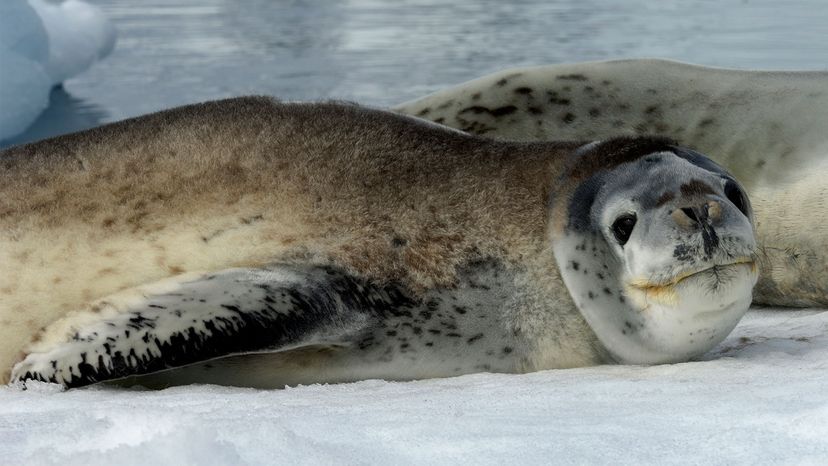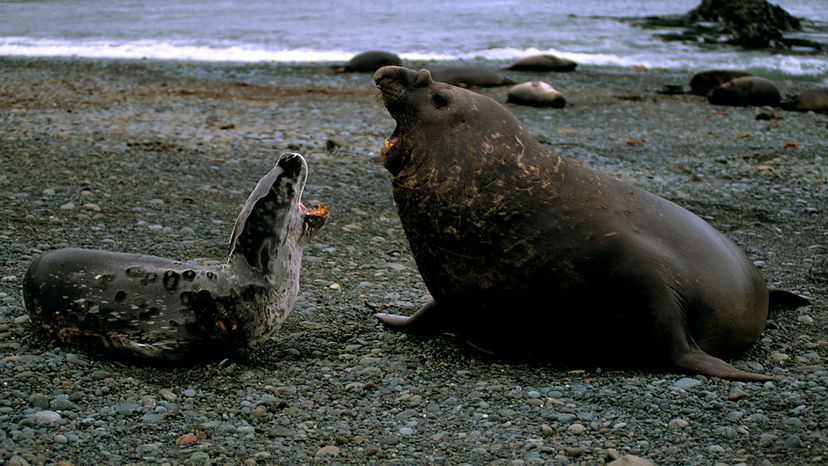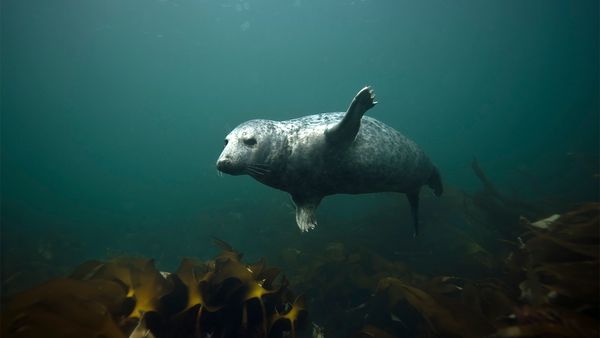
Everybody is terrified of something, and often it has to do with whatever's most likely to cause an unpleasant and untimely death. If you're living in the Cretaceous Period, a T-rex might be the stuff of nightmares, while a mountain goat living today in the European Alps might constantly be on high alert for a golden eagle swooping down and dropping them off a cliff. But if you're an animal — almost any animal — living off the coast of Antarctica, the real horror show begins when the leopard seals show up.
Leopard seals (Hydrurga leptonyx) are apex predators and the second largest seal in the Antarctic coastal ecosystems, after the southern elephant seal (Mirounga leonina). They are extremely agile, fast swimmers with long, muscular bodies. Their common name references the big, spotted cats of Africa and Asia, because they are both terrifying apex predators with giant, powerful jaws filled with sharp teeth, and their coats are also speckled.
Advertisement
"Leopard seals eat almost everything, from krill to penguins to seals and fur seals," says Daniel Costa, director of the Institute of Marine Sciences UC Santa Cruz, who studies movement patterns, diving behavior, physiology and diet in leopard seals. "They typically hang out at penguin and fur seal colonies. When the penguins or fur seals go into the water the leopard seal very slowly sneaks up on them and catches them. They then swim further offshore and begin to tear the seal or penguin apart. Leopard seals also attack and kill juvenile crabeater seals — we've seen adult crabeater seals that have been mauled by leopard seals."
Leopard seals are stealthy hunters, but tiny krill are more difficult to sneak up on than a fish or a floating sea bird. However, their front teeth are sharp and great for ripping and tearing, but they also have specialized molars they use to filter krill out of the water while they swim around.
A study published in 2019 in the Canadian Journal of Zoology found leopard seals cache their prey like cats, sometimes killing a fur seal pup and stashing it somewhere safe to eat later when they're hungry.

Advertisement

